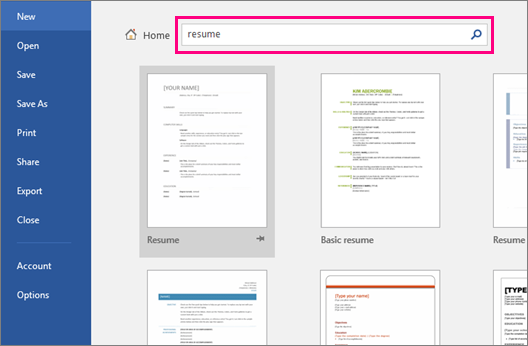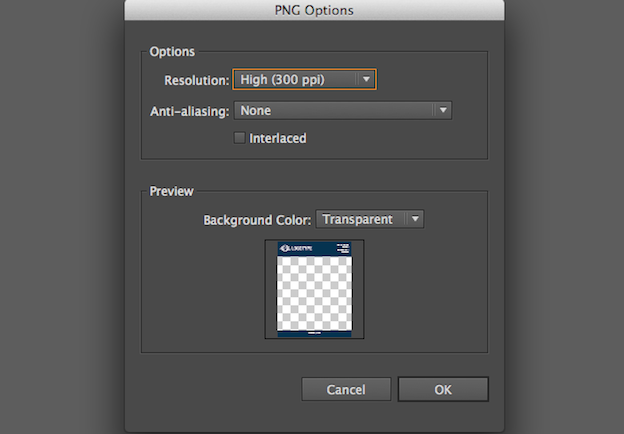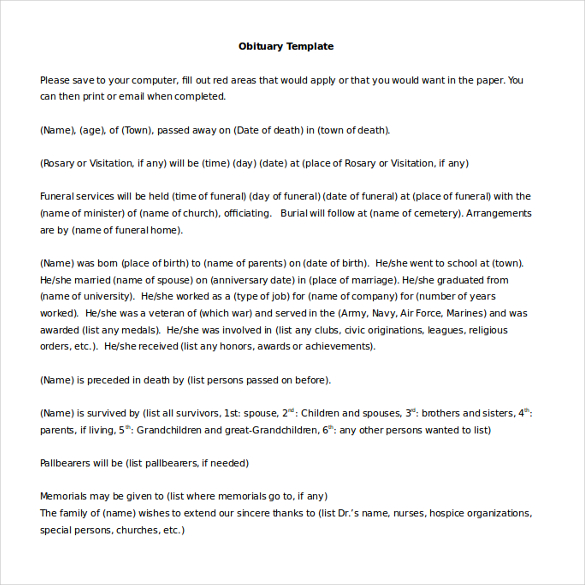

- TEMPLATES FOR MAC WORD 2016 HOW TO
- TEMPLATES FOR MAC WORD 2016 PASSWORD
Enter your password in the Unprotect Document dialog box. Select the Stop Protection button in the Restrict Editing task pane. Select Restrict Editing in the drop-down menu (see figure 4). Select the Info tab in the Backstage view (see figure 2). Select the File tab in the ribbon (see figure 1). Note that this process won’t turn off the style restrictions for password-protected copies of files you have shared with other users. TEMPLATES FOR MAC WORD 2016 HOW TO
The following steps show how to turn off style restrictions using the password entered in the previous section. However, without a password, other users can simply turn off the restrictions themselves. Word allows you to turn on your restrictions without a password by selecting OK in the Start Enforcing Protection dialog box.
Enter and reenter a password in the Start Enforcing Protection dialog box. Select the Yes, Start Enforcing Protection button.įigure 12. “Formatting or styles that aren’t allowed” dialog box Select No if you want to keep the current formatting in your document.įigure 11. Select Yes or No in the dialog box asking if you want to remove existing styles that aren’t allowed by the restrictions you just set in the Formatting Restrictions dialog box. Unless you are using AutoFormat (which is not common), strongly consider unchecking this option.īlock Theme or Scheme switching prevents other users from changing the document to a different theme in the Design tab or to a separate scheme (such as a color scheme, which is not common).īlock Quick Style Set switching prevents other users from using the style options on the Home tab.  Check or uncheck the three optional formatting choices:Īllow AutoFormat to override formatting restrictions lets AutoFormat supersede the options selected in the Formatting Restrictions dialog box. “Checked styles are currently allowed” menu Select this option if you want to prevent other Word users from making any style change. Recommended Minimum checks common style options currently allowed in the document but unchecks less common styles such as table and list formatting. Or, select one of the preset option buttons:Īll checks every style option currently allowed in the document. Check or uncheck the individual styles you want to allow from the Formatting Restrictions dialog box. “Limit formatting to a selection of styles” option Check Limit formatting to a selection of styles in the Formatting Restrictions dialog box.įigure 7. Check Limit formatting to a selection of styles in the Restrict Editing task pane.įigure 5. Select Restrict Editing in the drop-down menu. Select the Info tab in the Backstage view.
Check or uncheck the three optional formatting choices:Īllow AutoFormat to override formatting restrictions lets AutoFormat supersede the options selected in the Formatting Restrictions dialog box. “Checked styles are currently allowed” menu Select this option if you want to prevent other Word users from making any style change. Recommended Minimum checks common style options currently allowed in the document but unchecks less common styles such as table and list formatting. Or, select one of the preset option buttons:Īll checks every style option currently allowed in the document. Check or uncheck the individual styles you want to allow from the Formatting Restrictions dialog box. “Limit formatting to a selection of styles” option Check Limit formatting to a selection of styles in the Formatting Restrictions dialog box.įigure 7. Check Limit formatting to a selection of styles in the Restrict Editing task pane.įigure 5. Select Restrict Editing in the drop-down menu. Select the Info tab in the Backstage view. 
When you want to return to normal format settings, select the Style labeled Normal. To switch between Styles as you compose your document, simply click the Style you wish to use before you start typing. Microsoft has a tutorial on using styles in Word for Mac 2011. Watch these short videos from Microsoft about Using styles in Word. To apply a paragraph style to more than one paragraph, highlight the text you want to format.To apply a paragraph style to one paragraph, put your cursor in the paragraph.
 First select the text you want to apply the style to. All text in Word has a default Style of Normal which (in 2016) typically has the following settings: 11-point Calibri font, with left-aligned paragraphs, line spacing at 1.08 with an after spacing of 8 pt, and no indenting.Ĭustomize styles in Word (20) Using Styles in a Document How do I apply a Style? Select the template you want, then click Choose.įor custom and/or downloaded templates, look under New from existing.Ī Style is a collection of formatting commands, combined in a single command. In the Navigation pane on the left-hand side under Templates click either All or My Templates (the latter for custom or downloaded templates). In the Standard Toolbar, click New from template. Instructions can be found at Microsoft's Create a new Office file using a template. How to Apply Templates Templates in MS Word 2016 and 2013 Filename Extensions (Mac users dont need to worry about this.) If you are in an Explorer window that has Word documents in it, do the names show the three. You can modify an existing template or you may set one up starting from a blank document. There are two kinds of templates: built-in and custom.īuilt-in templates provide preset structures for common documents such as:Ĭustom templates, on the other hand, are formatting options and layouts that are set up by the user and saved as a. Templates feature prearranged formatting options such as font face, font size, language, spacing, alignment, and more. They serve as a basic structure for a document and can be used to eliminate the need for repetitive recreation of the same format across documents. A template is a document with a preset layout or preset styles for formatting.
First select the text you want to apply the style to. All text in Word has a default Style of Normal which (in 2016) typically has the following settings: 11-point Calibri font, with left-aligned paragraphs, line spacing at 1.08 with an after spacing of 8 pt, and no indenting.Ĭustomize styles in Word (20) Using Styles in a Document How do I apply a Style? Select the template you want, then click Choose.įor custom and/or downloaded templates, look under New from existing.Ī Style is a collection of formatting commands, combined in a single command. In the Navigation pane on the left-hand side under Templates click either All or My Templates (the latter for custom or downloaded templates). In the Standard Toolbar, click New from template. Instructions can be found at Microsoft's Create a new Office file using a template. How to Apply Templates Templates in MS Word 2016 and 2013 Filename Extensions (Mac users dont need to worry about this.) If you are in an Explorer window that has Word documents in it, do the names show the three. You can modify an existing template or you may set one up starting from a blank document. There are two kinds of templates: built-in and custom.īuilt-in templates provide preset structures for common documents such as:Ĭustom templates, on the other hand, are formatting options and layouts that are set up by the user and saved as a. Templates feature prearranged formatting options such as font face, font size, language, spacing, alignment, and more. They serve as a basic structure for a document and can be used to eliminate the need for repetitive recreation of the same format across documents. A template is a document with a preset layout or preset styles for formatting.








 0 kommentar(er)
0 kommentar(er)
